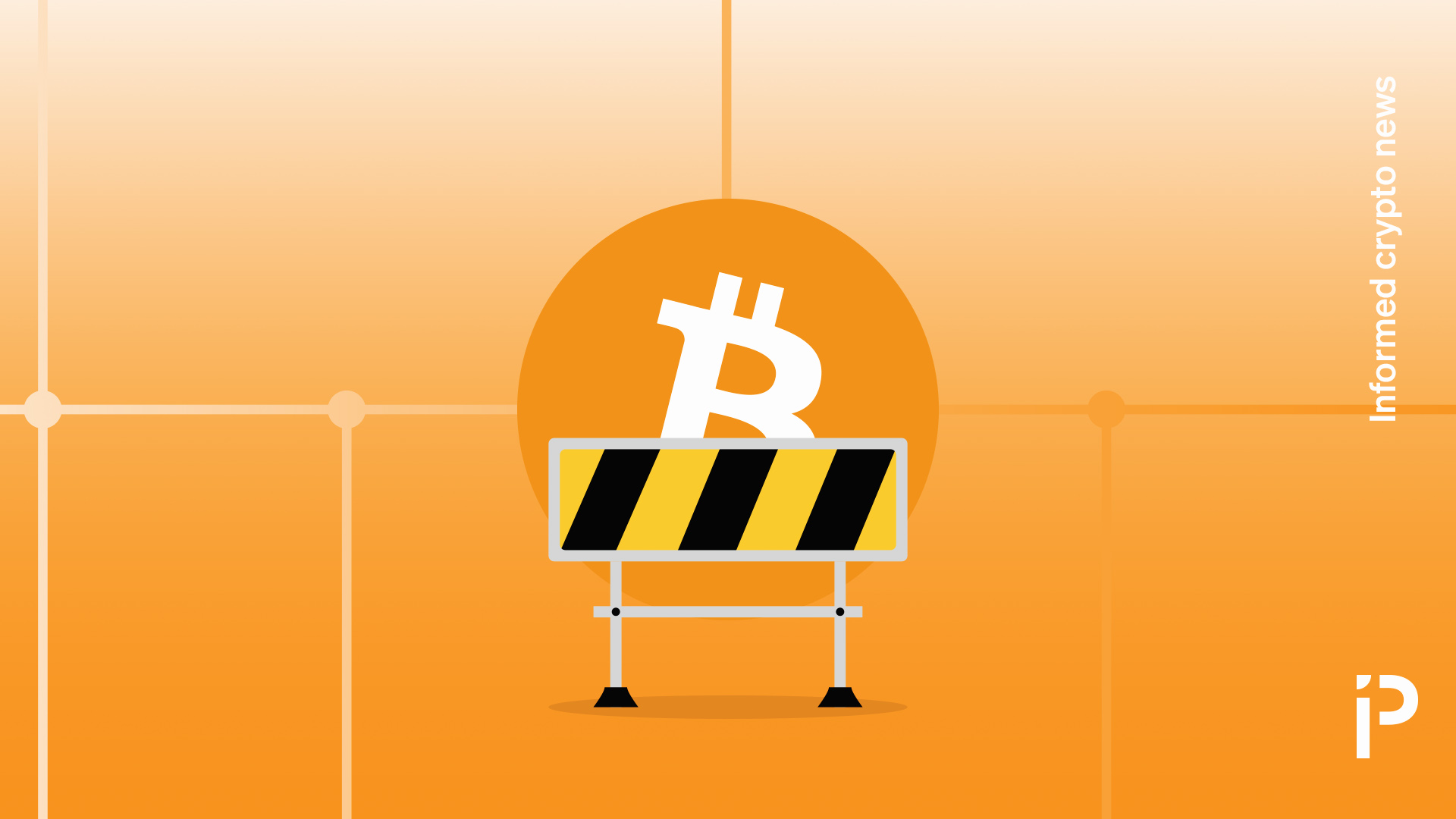Monad gears up for MON token launch with 100 billion supply
Monad is preparing to launch its MON token with a whopping 100 billion supply, sparking dilution concerns within the community.
- The 100 billion MON supply has sparked debate on crypto X over potential inflation and token value dilution.
- Despite these concerns, the mainnet launch is highly anticipated due to successful testnet and strong backing from top-tier VCs.
Monad, an Ethereum-compatible Layer 1 blockchain, has announced that its upcoming native gas token, MON, will have an initial supply of 100 billion tokens.
The announcement has sparked debate on crypto X, with some users raising concerns about potential dilution and long-term inflation, with some even jokingly calling it “Monad Inu” — implying that the enormous 100 billion supply makes it resemble a memecoin rather than a serious utility token.
However, others pointed out that such a large supply makes sense in case of Monad. As user @wyckoffweb explained, with block times of 400 ms and high throughput, the network will process massive numbers of micro-transactions, and such a large token supply ensures transaction fees remain tiny and manageable without awkward decimals.
Moreover, the price per MON is determined more by the network’s fully diluted valuation at listing than by raw supply. For example, a $1 billion FDV would imply roughly $0.01 per MON, whereas a $100 billion FDV would price it at $1 per MON, showing that distribution and valuation are far more important than the sheer number of tokens.
As for the launch itself, the mainnet and TGE are expected in late September, marking the point when MON will officially become the network’s native gas token. The token will be used for transaction fees, staking, and ecosystem incentives, supporting DeFi, NFT, and gaming applications on the platform.
This launch is highly anticipated as Monad is backed by top-tier VC firms, including Paradigm and Dragonfly Capital, and features 10,000 TPS, sub-second finality, and low transaction fees. The public testnet, launched in February, has been highly successful, attracting significant activity: over 2.44 billion successful transactions, 34 million contracts deployed by roughly 3 million creators, and daily peaks of 34 million transactions in early August.
You May Also Like

Nvidia invests $5 billion in Intel and reaches chip cooperation

Chorus One and MEV Zone Team Up to Boost Avalanche Staking Rewards

